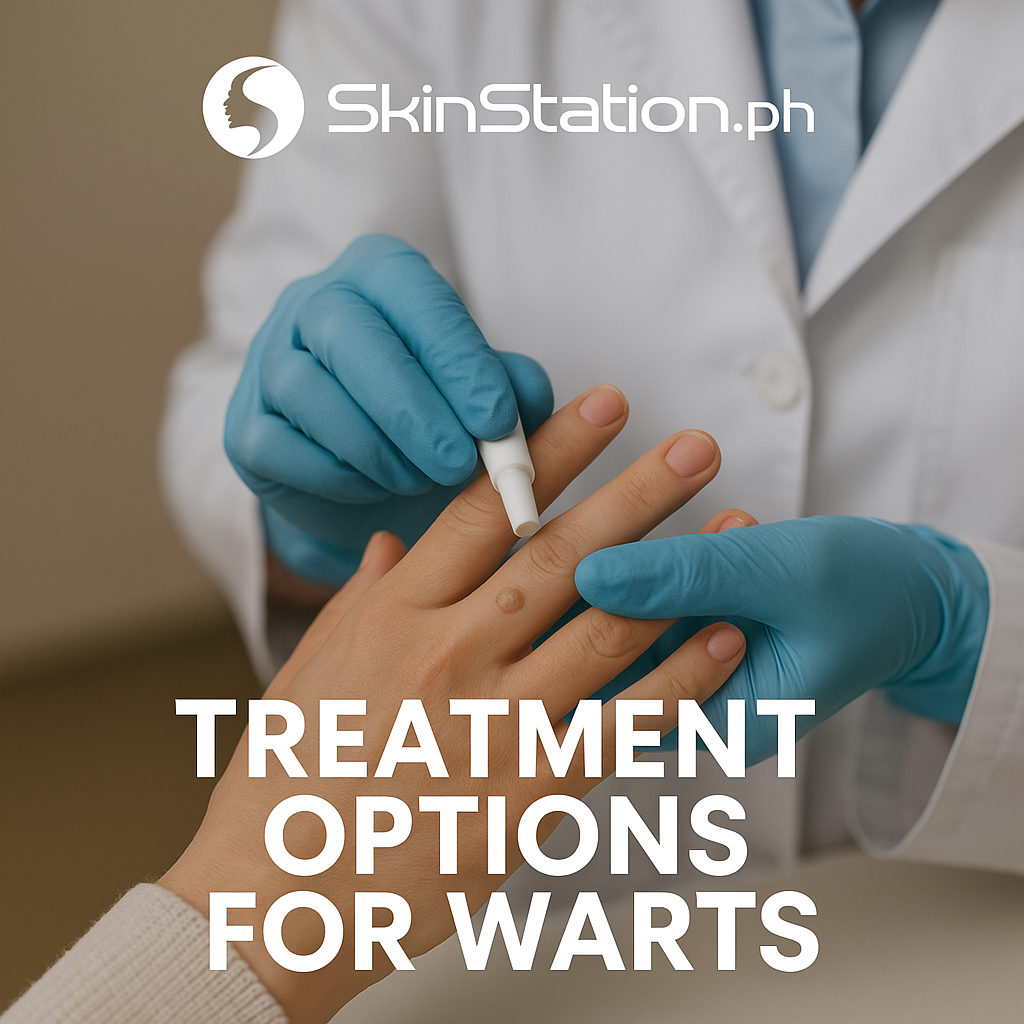A wart is
generally a small, rough growth on the skin that can resemble a cauliflower or
a solid blister. There are as many as 10 varieties of
warts, caused by one of the many types of human papillomavirus. Warts are contagious. The virus love warm and moist environments, and can be transferred
by sharing towels, slippers, and make-up sponges for example. You can also
spread the warts on your body by rubbing a towel on the infected site and then
rubbing the same towel on your entire body.
Most
warts are easily treatable but they can regrow if not thoroughly removed. Very
often, creams, gels or pads with high level of salicylic acid can be sufficient to treat warts. Salicylic acid is applied to the
surface of the wart on a regular basis. A few weeks of regular
application will be sufficient but there are some warts that may take up to a
year to treat. You will need to use emery board or pumice stone to clear the dead
skin the wart leaves behind. The average cure rate is 75%. A less popular product
is silver nitrate, which can cause staining
of skin and clothing. Occasionally, pigmented scars may develop. Silver nitrate
method has a cure rate of 43%.
There
are prescription treatments available. Imiquimod
cream works by encouraging your body’s immune system to work against the
wart. It is approved for use in genital warts by US FDA but is very expensive. If
you have genital warts, have a check up with a doctor. Dinitrocholorobenzene (DNCB) is a much stronger option to salicylic
acid, with a high cure rate of 80%. However, DNCB
is a known mutagen, able to cause genetic mutations. Only a doctor should apply it.
are prescription treatments available. Imiquimod
cream works by encouraging your body’s immune system to work against the
wart. It is approved for use in genital warts by US FDA but is very expensive. If
you have genital warts, have a check up with a doctor. Dinitrocholorobenzene (DNCB) is a much stronger option to salicylic
acid, with a high cure rate of 80%. However, DNCB
is a known mutagen, able to cause genetic mutations. Only a doctor should apply it.
Some
individuals will want a more aggressive approach, which is where procedures can
be used in removing warts. Cryosurgery can be used to
freeze off a wart by exposing it to liquid nitrogen.Complications include blistering of
normal skin if excess freezing is not controlled. Laser treatment
– often with a pulse dye laser or carbon dioxide (CO2) laser can be
quite effective but can also be very costly. Duct tape occlusion therapy is an option that remains controversial
at the moment with regards to its effectiveness.
individuals will want a more aggressive approach, which is where procedures can
be used in removing warts. Cryosurgery can be used to
freeze off a wart by exposing it to liquid nitrogen.Complications include blistering of
normal skin if excess freezing is not controlled. Laser treatment
– often with a pulse dye laser or carbon dioxide (CO2) laser can be
quite effective but can also be very costly. Duct tape occlusion therapy is an option that remains controversial
at the moment with regards to its effectiveness.
Electrocauterization is a popular procedure
offered at SkinStation. Pinpoint and complete removal of warts is accomplished
with virtually no pain and relatively low cost. Topical anesthesia is applied
which requires 30 minutes to numb the skin. Then, a needle-like tip heated by
electric current is applied over the wart. The actual procedure will take from
15 to 60 minutes depending on the number of warts to be treated. Scabs will form over the warts treated. The scabs should
not be forced out to avoid scarring. They will drop off in 5 to 7 days, leaving
small reddish marks that will disappear in a week or so.
offered at SkinStation. Pinpoint and complete removal of warts is accomplished
with virtually no pain and relatively low cost. Topical anesthesia is applied
which requires 30 minutes to numb the skin. Then, a needle-like tip heated by
electric current is applied over the wart. The actual procedure will take from
15 to 60 minutes depending on the number of warts to be treated. Scabs will form over the warts treated. The scabs should
not be forced out to avoid scarring. They will drop off in 5 to 7 days, leaving
small reddish marks that will disappear in a week or so.
With so many options available, the choice is yours. You may
even opt not to do anything and wait for the warts to simply disappear.
However, if you have the persistent kind, it’s best that you have them treated
lest the warts multiply and become ugly and bothersome skin appendages.
even opt not to do anything and wait for the warts to simply disappear.
However, if you have the persistent kind, it’s best that you have them treated
lest the warts multiply and become ugly and bothersome skin appendages.
______________________________________________________________________________________This column was published in the Manila Bulletin Lifestyle Section on April 17, 2012. The author is the CEO of SkinStation. He received the 2011
Outstanding Chemist Award from Professional Regulations Commission for his
achievements in the field of cosmetic chemistry. He can be reached at fred.reyes@skinstation.ph.
Outstanding Chemist Award from Professional Regulations Commission for his
achievements in the field of cosmetic chemistry. He can be reached at fred.reyes@skinstation.ph.



